Before I begin my blow by blow account on the fine art of outhouse construction I want to openly admit that I realize not too many of you will have much need for this particular blog. I’m writing it simply for the joy of it. Conventional old fashioned outhouses (or “long-drops” as they are called in some parts of the world), are becoming a rarity in most of the developing world (if not illegal – and rightfully so – in most U.S. counties). We built one a couple of years ago while undergoing construction on a mountain cabin and was in all honesty immensely pleased with its aesthetics as well as its functionality. It was a master piece as outhouses or long-drops go. So here is my step by step account.
- 1. Find a secluded location downwind of your camp preferably in trees or behind rocks in case the chinking on your log construction is shoddy and not visually tight. I also like to find a location with a nice view for the user that prefers to leave the door ajar for the sake of fresh air.
- 2. Dig a hole that will serve you for a long time. It is essential to calculate the usage over an extended period of time and dig accordingly. I’m sure there must be some ancient formula for this, but because I haven’t found it, I just dig more than I think I need to. Better to be safe than sorry. My thumb of rule is to dig until you can’t climb out of the hole without a helping hand.
- 3. Build the seat at a height that is comfortable for the shortest person. When you have selected that person use him (or her) to establish the perfect elevation.
- 4. Make sure that you spend absolutely no money on this project except possibly for the gas that it takes to run your chain saw. That way when no one wants to use it you won’t feel horribly wasteful.
I’m sure that this instruction will be of absolutely no benefit to any of you, but what the heck – you never know what you might need the way things are going these days.
Now, I know this has been fun, but in all seriousness, outhouses are important for health in developing countries. Here’s a post from our RE:FORM website about it.

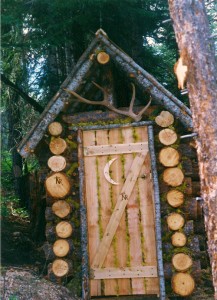
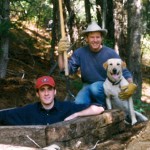
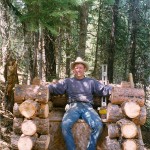
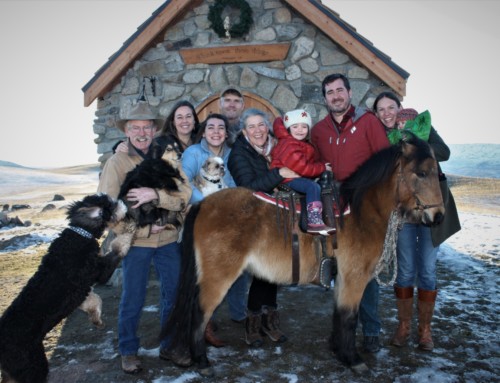

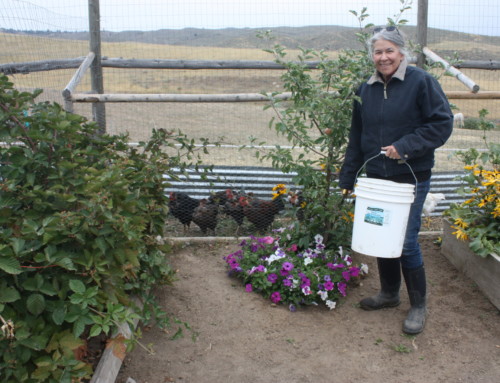
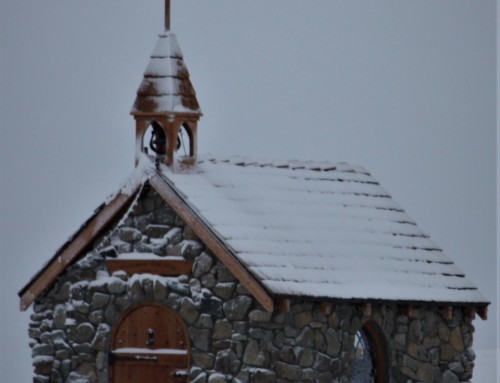
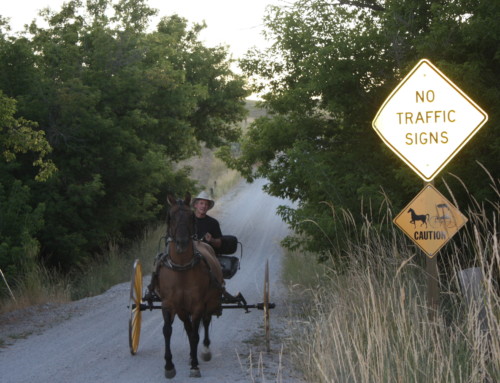
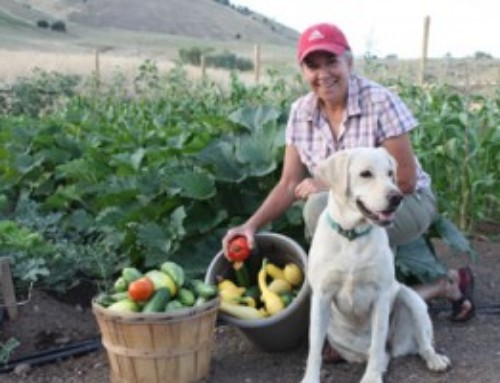
Leave A Comment
You must be logged in to post a comment.